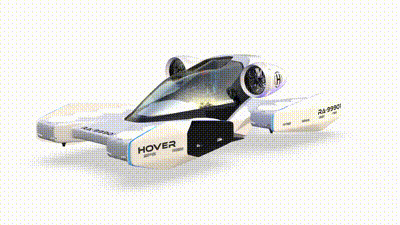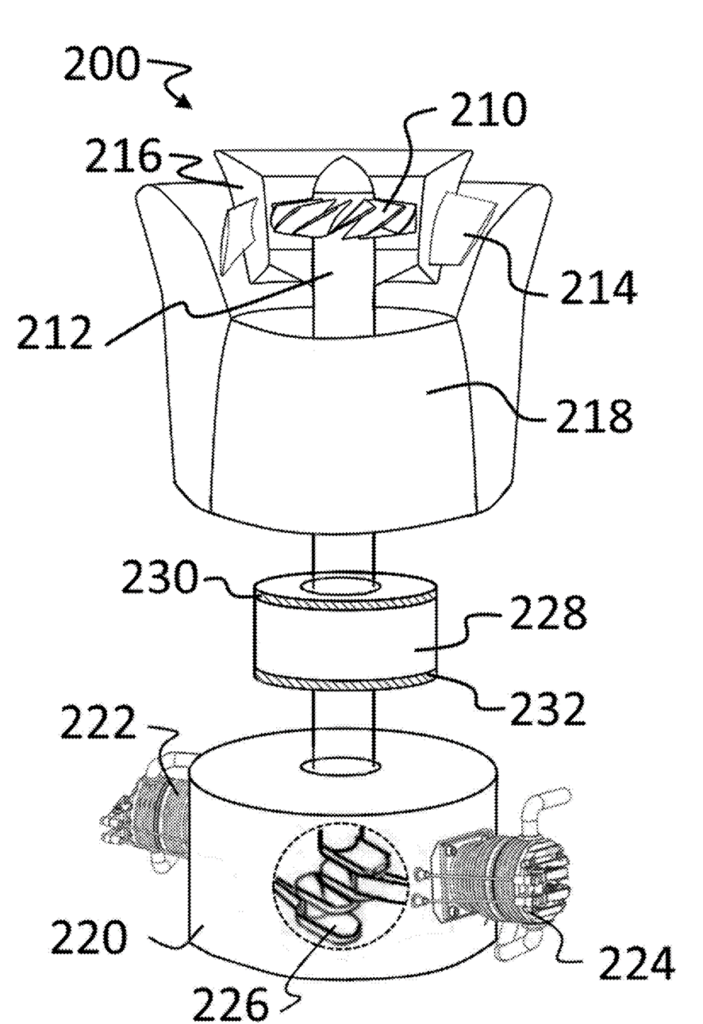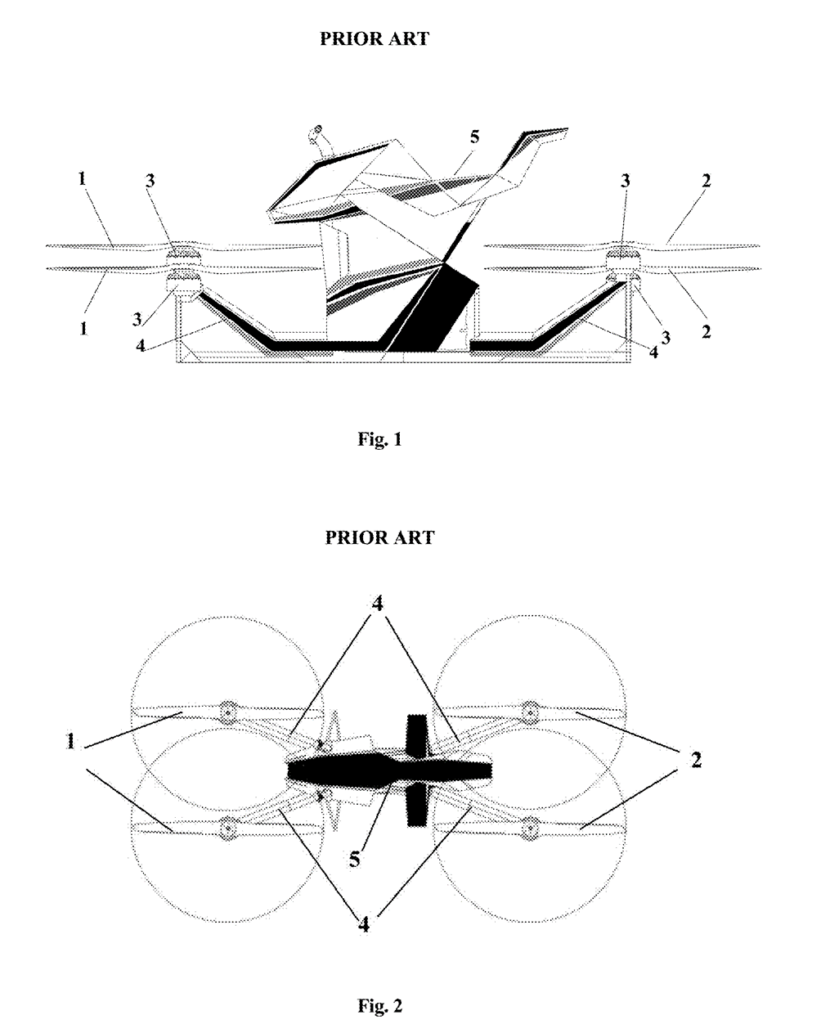The Hoversurf Flying Car represents a new era in the world of personal transportation. It represents the future in urban mobility due to its huge improvements in flying technology and has been making headlines recently. Innovation in features makes the Hoversurf Flying Car convenient, safe, and efficient. Designed for vertical takeoffs and landings, the flying car merges great engineering with the sleekness of a flying machine, an obvious solution for intra-city air travel over short distances.

Key Features of the Hoversurf Flying Car
- Vertical Takeoff and Landing (VTOL): With the capability of taking off and landing vertically, the Hoversurf Flying Car reduces the need for runway space in the traditional sense and can operate in compact urban environments.
- Independent Electric Motors: The flying car is powered by a number of independently operating electric motors; thus, the flight is stable, controlled, and energy-efficient.
- Compact and Lightweight Design: The aircraft is of optimum size, allowing it to be turned quickly and easily by reducing weight without compromising on either safety or functionality.
- Hybrid Propulsion System: The design is hybrid in that it utilizes both a vertical and horizontal propeller to ensure smooth transitions between the different flight modes.
- Advanced Safety Features: The car can potentially use sensors and onboard processors to check for failure conditions and automatically adjust motor functionality to take all steps necessary to avoid a crash.

What Are the Key Patents Behind the Hoversurf Flying Car?
- US2022380034A1: Enhanced Lift and Straight Flight Technology
This patent covers the aircraft’s unique design, featuring front and rear lifting in-ring propellers that operate independently. The propellers are strategically placed for both vertical takeoff and horizontal flight, ensuring stable and efficient operation across different modes of transportation.
- US11377220B1: Lightweight Aircraft for Passenger and Cargo Transport
This patent focuses on the car’s defragmented propeller-motor groups (PMG), which are independently operated and spaced along the vehicle’s frame. This design optimizes thrust, increases flight speed, and improves controllability, making the Hoversurf Flying Car a versatile option for various transportation needs.
- US2019310660A1: Multidirectional Thrust Management
covering the vehicle’s ability to adjust vertical and horizontal thrust, this patent highlights the system’s dynamic flight capabilities. It explains how wings and thrustors work together, adjusting in real-time to ensure a smooth transition between takeoff, horizontal flight, and landing.
- US2019291883A1: Failure Detection and Mitigation
This system focuses on the flying car’s ability to detect motor or rotor failure in real-time and automatically adjust thrust to prevent accidents. The sensor-processor integration is key to ensuring the vehicle’s safety during flight.
- US2019291852A1: Hybrid-Electric Motor Propulsion
This patent covers the hybrid-electric propulsion system that powers the flying car. It integrates an internal combustion engine with an electric motor, using an on-board processor to manage thrust and energy generation, ensuring high efficiency.

How Does Hoversurf Flying Car Compare to Similar Products?
- Jetson ONE
- A compact, single passenger VTOL, Jetson ONE is focused on personal mobility but does not offer the hybrid propulsion that Hoversurf boasts.
- Competitive Advantage of Hoversurf: Hybrid-electric propulsion supports greater range and flexibility in both urban and off-grid settings.
- Lilium Jet
- A fully-electric, multi-passenger VTOL, Lilium Jet targets short-haul air transport with a high capacity.
- Competitive Advantage of Hoversurf: While Lilium offers electric flights, Hoversurf’s lightweight design combined with hybrid propulsion gives the optimal balance of performance with energy efficiency.
- Opener BlackFly:
- Another VTOL in the focus of personal travel is all-electric in design.
- Competitive Advantage of Hoversurf: Hoversurf can switch between an electric and combustion engine, so it’s more versatile on longer flights.
Why Should You Choose the Hoversurf Flying Car?
Hoversurf Flying Car stands out with the fusion of high-tech solutions and practical usage. No other flying vehicle on the market has such versatility yet, because it combines all these capabilitiesthe VTOL, transitional horizontal flight, and hybrid-electric propulsion. The patents within its technology ensure better safety, maneuverability, and reliability to make it the next generation leader in personal air transportation.
More than a prototype, the Hoversurf Flying Car is a view into the future of movement. As cities continue to grow in both size and population, the ability to take to the sky will redefine how people travel. The Hoversurf Flying Car is ready to lead the revolution with ingenious patents and leading-edge technology.
What other companies are filing patents in the flying car space? Request a patent landscape around this technology by filling out the form below:





